The story of this small temple is hidden in the hard times of the fall of the Second Bulgarian Empire under Ottoman rule and is associated with the legend of the magnificent cathedral, dedicated to St. Petka of Epivates, which Tsar Ivan Asen II built in Plovdiv, in honor of the transportation of the saint’s relics to Veliko Tarnovo. When Lala Shahin Pasha, one of the biggest Ottoman leaders, conquered Plovdiv in 1371, he was so impressed with the cathedral that he immediately decided to transform it into a great and magnificent mosque in celebration of his victory. This is today’s Dzhumaya mosque in the center of the city. The conqueror allowed the orthodox population to build a temple at another place, bearing the name of St. Petka, and that newly-erected temple has been there to this day.
In its present form the church was built in 1836, with the donation of the wealthy Hadzhi Valko Chalakov – the so called Big, from Plovdiv and his relatives and with the contributions from local Bulgarians and Greeks, as well as from Bulgarians from surrounding villages and towns like Karlovo and Klisura. In a letter from chief founder Hadzhi Valko to the hieromonk Neofit Rilski it appears that the temple was originally dedicated to St. Petka of Epivates, deeply venerated by the Bulgarians. In the end of the ‘50s of XIX century, due to the greater number of Greek population in the neighborhood, it fell entirely in Greek hands. It was then when the reverence for St. Petka was amended in reverence of Saint Martyr Paraskeva (St. Petka of Rome).
St. Paraskeva temple became Bulgarian again in 1906, not as a separate parish, but in the composition of the newly-built, entirely by Bulgarians, larger St. Petka church. In August 2007, after the restoration works for its opening, a church-donor notice was found, placed under the Holy See, indicating the year and date of the consecration of the temple and the names of its donors. The historical value of this document is extremely high because it appears to be the only surviving document from the troubled times of the Bulgarian-Greek religious strife.
Unfortunately, in the early ‘70s of XIX century the church was closed, which caused a gradual fall in desolation. It was discontinued with the advent of His Eminence Plovdiv Metropolitan Nikolay, by whose orders an official church board is composed and a permanent priest is appointed to restore the temple and its liturgical, religious and educational parish life. The official opening of the temple after the end of the restoration works was on December 9th, 2007.
One of the biggest attractions of the temple is its icons. The eight icons of the royal line of the iconostasis are made by Zahari Zograf and the three rows of the small icons above them are by painters of the Odrin (Edirne) art school, whose most famous representative was Nikola Odrinchanin. Another unique artifact is also the Metropolitan’s throne with inlays of nacre and ivory.


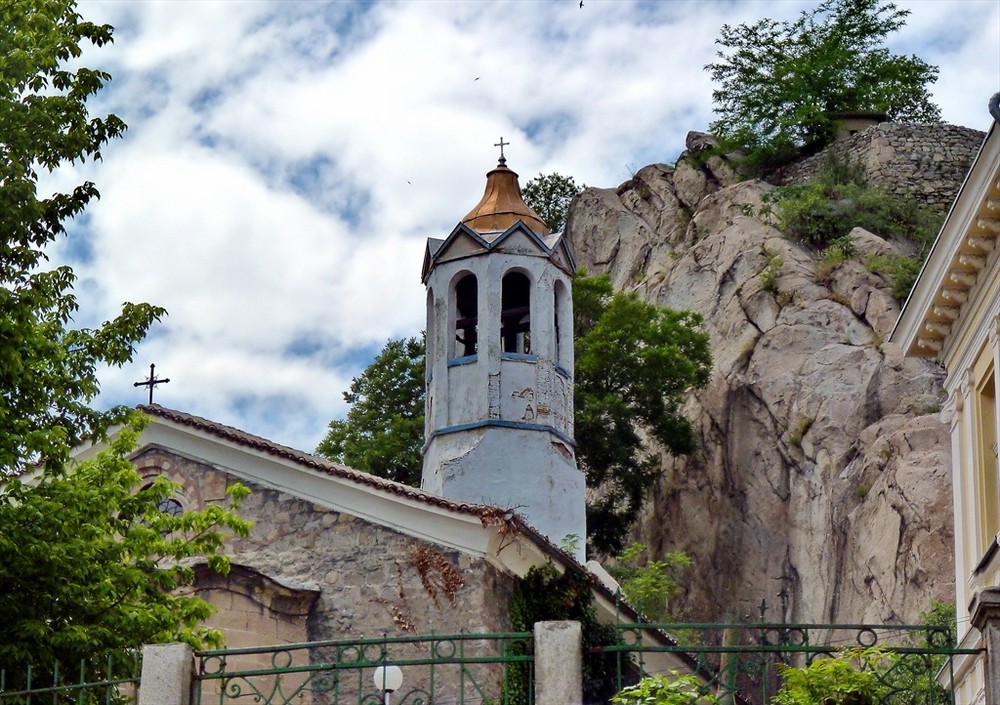
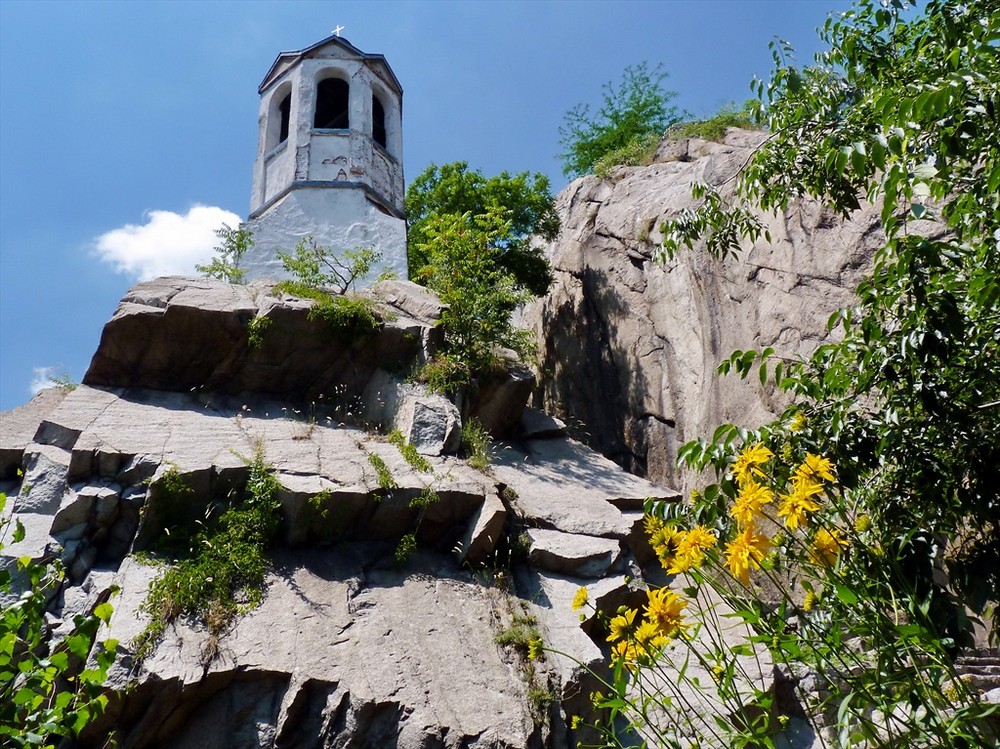
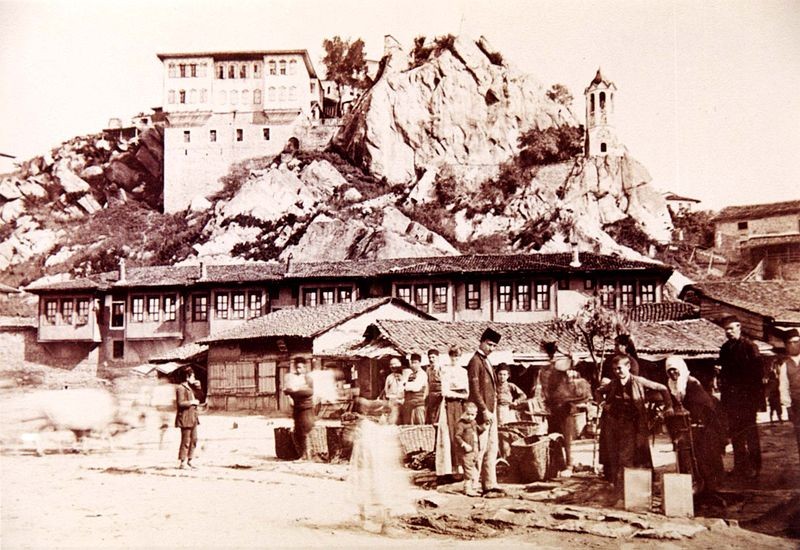




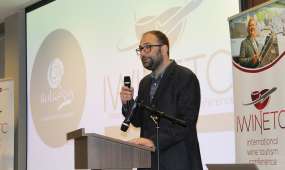

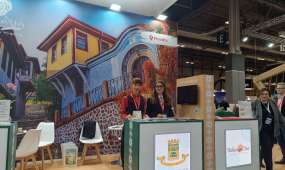
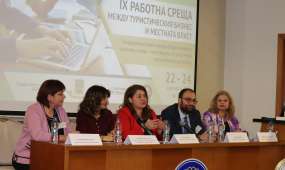

Add new comment